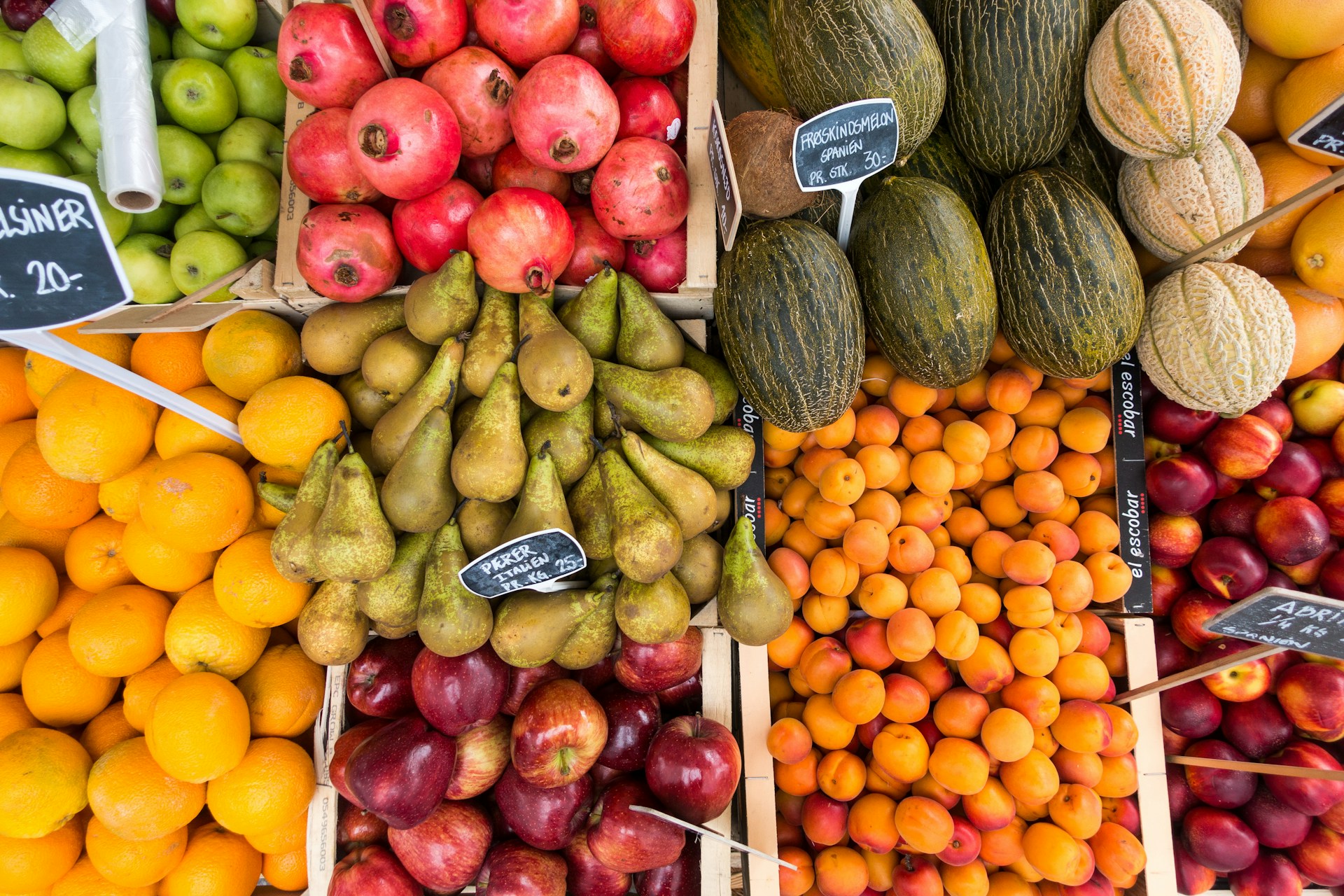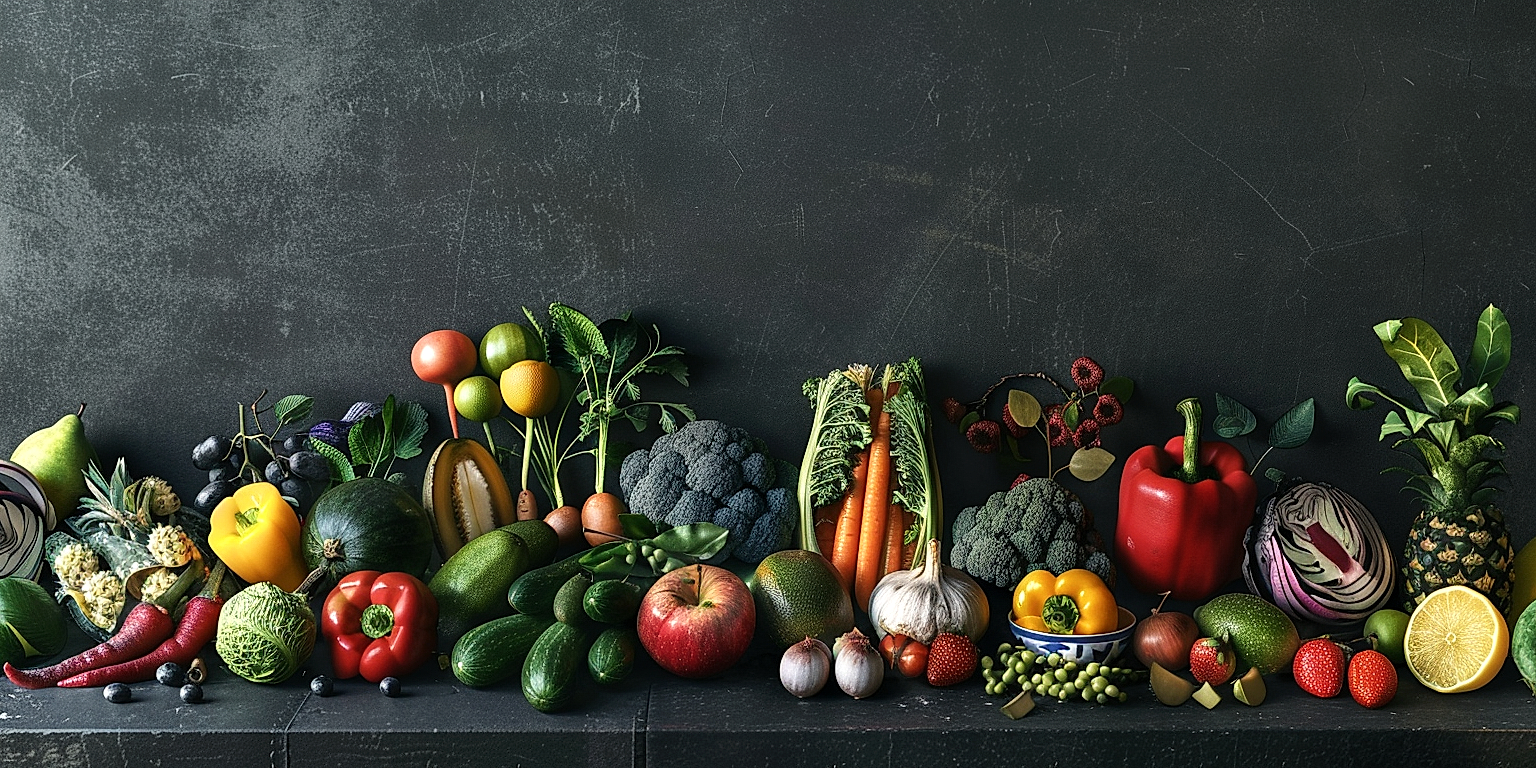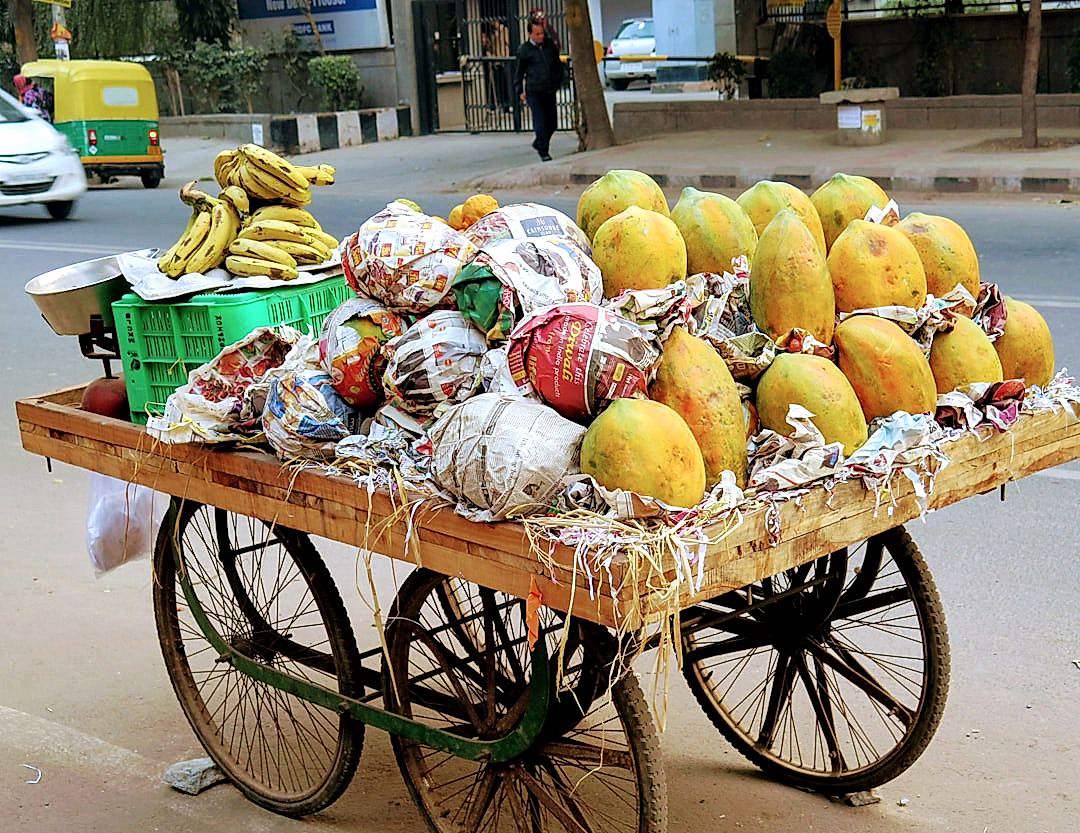In the rapidly evolving sector of produce distribution, ensuring regulatory compliance is of paramount importance.
Non-compliance can lead to financial penalties, reputational damage, and even operational shutdowns.
This underscores the significance of understanding and implementing necessary actions that will align business strategies with regulatory requirements.
This piece provides valuable insights into the core areas of compliance that enterprises would be well advised to pay specific heed.
The scope of discussion covers global and regional regulations, health and safety standards, and environmental considerations.
It also extends to measures that preempt issues, thereby making compliance a proactive, rather than reactive, undertaking.
Contents
Key Compliance Areas In Produce Distribution
1. Food Safety and Handling Procedures
Food safety is a crucial factor that has to be prioritized in the production and distribution industry.
Produce must be handled in a strict hygiene environ to prevent contamination that can lead to foodborne illnesses.
Understanding and implementing food safety and handling procedures is an integral part of ensuring a streamlined and safe process in produce distribution.
Different types of produce require various handling procedures that are specific to them; for instance, perishable produce has to be stored under particular temperature conditions.
Also, sanitation practices such as washing and using gloves during handling can greatly reduce the chances of food contamination.
Apart from that, keeping the storage and transport equipment clean also plays an essential role in maintaining food safety.
Implementing efficient food handling procedures can help companies ensure a significant reduction in produce losses during transportation and storage.
In addition, it also brings about increased customer trust, and in return, it can lead to customer loyalty.
It is mandatory for all the employees working in the production and distribution industry to be well-trained on food safety and handling procedures.New employees should be trained to ensure they understand food safety regulations in regards to handling.
Periodic evaluation of these procedures is also necessary to ensure they are updated in line with changes in regulations and technology.
Non-compliance with food safety and handling requirements can lead to significant fines and penalties.
Furthermore, the reputation of an organization is at stake if it fails to follow mandated food safety regulations.
All in, effective food safety and handling procedures in the outfit can help to minimize potential risks associated with food safety.
It promotes the overall quality of the produce, thereby ensuring that consumers receive safe and high-quality products.
Ultimately, this can also result in a more efficient and profitable produce distribution.
Therefore, the importance of proper food safety and handling procedures in key compliance areas of produce distribution cannot be overemphasized.
2. Pesticide Usage and Regulations
In the realm of produce distribution, pesticide usage and their regulations play a crucial role.
Implementing these regulations ensures the balance between the effective control of pests and the minimal adverse impact on the environment.
Depending on their country of operation, distributors need to be aware of the specific pesticide regulations in place.
Such regulations dictate the types of pesticides that can be used, the crops they can be applied to, and the maximum residue levels permissible.
This information is pivotal in preventing foodborne illnesses from a high concentration of pesticide residue.
In the U.S., the Environmental Protection Agency (EPA) is the governing body in charge of pesticide regulation.
The EPA’s primary concern is to minimize risks associated with pesticide exposure to humans and the environment.
To ensure compliance, produce distributors must maintain accurate records of pesticide application and implement adequate safety measures during application.
Additionally, these measures also include disposing of pesticides and their containers properly, minimizing the risk of contamination.
Regular inspections and monitoring of pesticide usage are also required to ensure compliance with regulations.
Violations of pesticide regulations can lead to penalties, including fines and, in severe cases, a shutdown of operations.
Therefore, it is essential for produce distributors to have a thorough understanding of the requirements and regulations concerning pesticide usage, to ensure they are in line with the set guidelines.
Furthermore, it’s not just about compliance; following these regulations also contributes to consumer trust.
Consumers these days are more aware and conscious about the food they consume.
There’s a growing trend towards choosing produce with lower pesticide use, making conscientious compliance with regulations not only a legal necessity but also a competitive advantage.
Overall, pesticide usage and the regulations surrounding it remain a critical aspect in the framework of produce distribution.
3. Quality Control and Assurance
In the realm of produce distribution, quality control and assurance is a significant aspect determining the success and viability of a business.
The practice of quality control includes monitoring processes and making sure that the established standards are being followed.
This includes everything from the initial handling of the produce to its packaging and eventual distribution.
It is a holistic procedure that leaves no stone unturned in ensuring that consumers get the best possible fresh produce.
On the other hand, quality assurance is about planning and managing the systems that produce high-quality products.
It involves developing a systematic approach to guarantee that all products are being processed as per the required food safety standards.
Every operation, whether it is sorting, washing, labelling, or distributing, falls under the purview of quality assurance strategies.
Notably, these strategies and plans are frequently updated to accommodate changes in regulations and technological advancements.
This flexibility ensures that your quality assurance procedures adapt to the constantly evolving food industry.
Failure to meet standards in quality control and assurance can affect not only the health of consumers but also the reputation of the business.
Furthermore, it may lead to hefty fines, product recalls, and even shutting down of operations.
Therefore, keeping a stringent check on quality control and assurance becomes primary in ensuring business compliance.
Training of staff, whether on-site or off-site, plays a vital role in maintaining high-quality standards.
Education about the latest advancements and the best practices in the industry can not only help in avoiding any potential mishaps but also aids in surpassing the industry standards.
Inspection of produce at every step is also vital to prevent any low-quality stock from reaching the consumers.
Lastly, the use of modern technology can help in exerting tighter control over quality, leading to increased consumer satisfaction and trust in your products.
Indeed, the role of quality control and assurance is of utmost significance in the overall spectrum of produce distribution.
4. Packaging and Labeling Standards
Packaging and labeling standards are crucial to the produce distribution industry to ensure the safety, quality, and legality of produce.
They serve as a guide for packers, processors, and distributors to maintain the highest quality of fresh produce and effectively communicate the necessary information to consumers.
More so, these standards are not merely guidelines but are also legislated regulations set in place by many governments around the world.
In addition to ensuring safe handling of produce, packaging and labeling standards protect consumers from misleading and fraudulent practices.
The United States FDA (Food and Drug Administration), for instance, has stringent regulations regarding the labeling of fresh produce.
These regulations include standards for declaring the identity of the produce, net quantity of contents, ingredients list, name and place of business of the manufacturer, packer, or distributor, and nutritional information.
Moreover, any health claims made on the label must be supported by scientific evidence.
Certain produce may also have specific labeling requirements due to their unique characteristics or potential allergenicity.
In the EU, the regulations are equally rigorous, with rules on traceability, allergen information, and nutrition labeling.
The standards for packaging also play an essential role in produce distribution.
They determine how produce is protected during transport, stored, and presentable on retail shelves.
More so, packaging must ensure the safety and hygiene of the produce, preventing any contamination.
Sustainability in packaging has also become a key factor, with regulations and standards encouraging recyclability and minimal environmental impact.
Durable, efficient, and food-safe packaging is critical to the survival and profitability of any produce distribution company.
Non-compliance with packaging and labeling standards can result in severe consequences, including product recalls, damaged reputation, loss of customer trust, and even legal action.
Therefore, every entity involved in the produce distribution chain must place a high degree of importance on adhering to these standards.
It is not only about compliance but also about quality, integrity, and customer satisfaction.
5. Sustainability and Waste Management
Sustainability and waste management are critical components of key compliance areas in produce distribution.
The importance of sustainability within the industry cannot be overstated, with an emphasis being placed on conserving resources, minimizing waste and maintaining the health of the environment.
Producers are required to adhere to stringent regulatory guidelines regarding waste disposal, making sure that all waste products are handled and disposed of in a manner that does not compromise the environment or public safety.
Advancements in technology, including waste-to-energy conversion and composting, are helping the industry achieve its sustainability goals.
This process also helps reduce the cost of waste disposal for producers while creating useful byproducts that can enhance soil quality or be used for energy production.
The industry also focuses on resource optimization, where produce and resources are used to their fullest potential with minimal wastage.
This includes utilizing all parts of the produce, implementing efficient irrigation systems to save water, or using renewable energy sources in production processes.
Many businesses are also incorporating sustainable packaging solutions, such as biodegradable packaging materials that reduce waste and lower the company’s carbon footprint.
Moreover, the implementation of sustainability measures not only benefits the environment but also drives economic performance in the produce distribution industry.
Organizations that prioritize sustainability often see improvements in their brand image, customer loyalty, and in turn, increased profitability.
With the increasing global concern for climate change, it is important that all actors in the produce distribution chain commit to sustainable practices.
The global population continues to grow, and so does the demand for fresh, quality produce, yet, the resources available to us are finite.
This emphasizes the need for ensuring sustainability in every step of the food production and distribution process, from farming to consumption.
If we are to ensure food security for future generations, sustainable practices in produce distribution must become the norm, rather than the exception.
Therefore, Sustainability and Waste Management are indispensable aspects of key compliance areas in the increasingly environmentally conscious produce distribution industry.
The Bottom Line
Striving for excellence in every realm, from rigorous food safety and handling procedures to stringent control over the usage of pesticides, has been emphasized throughout this discourse.
The importance of steadfast quality control and assurance mechanisms can never be understated, especially in an industry as consequential as food production.
High standards in packaging and labeling not only function as a consumer’s guarantee of quality but also affirm a company’s commitment to transparency.
Furthermore, integrating sustainability measures and effective waste management systems play a crucial role in shaping an environmentally responsible industry.
Therefore, a fine blend of all these elements ensures a safe, trustworthy and sustainable food industry.




